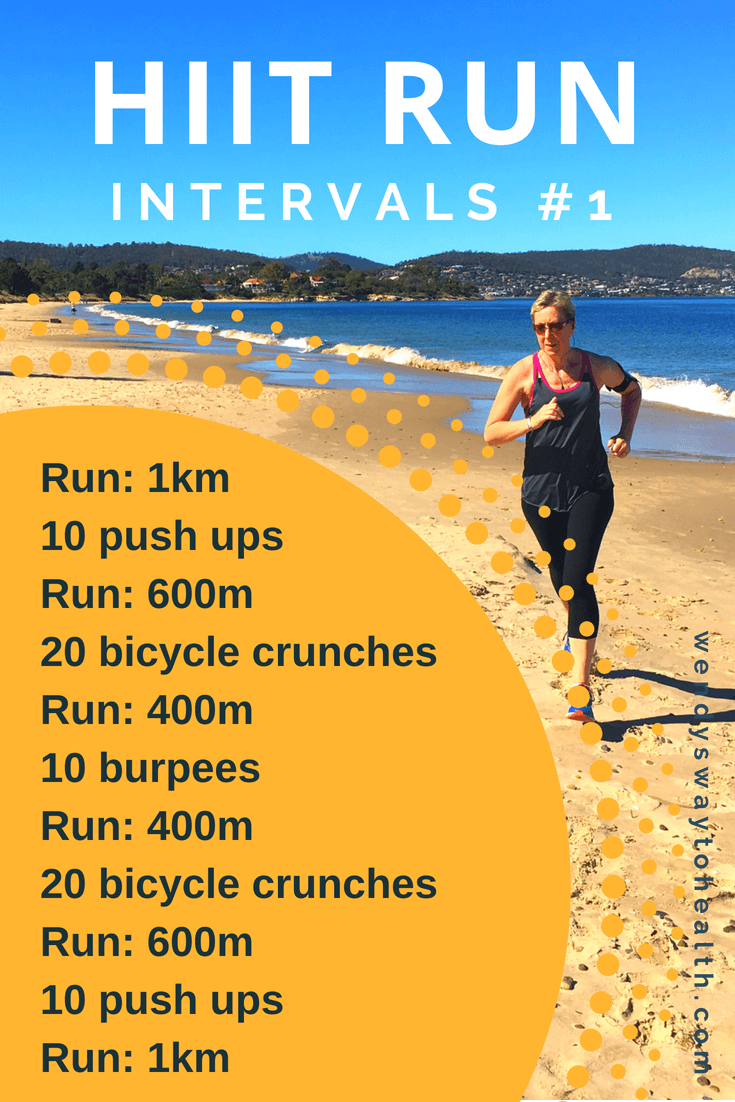Turbocharge Your Runs: Open Your Possible with Strategic Running Workouts
Turbocharge Your Runs: Open Your Possible with Strategic Running Workouts
Blog Article
Taking Care Of Typical Running Pains: Causes, Solutions, and Prevention
As runners, we commonly experience different pains that can hinder our performance and enjoyment of this physical activity. By checking out the origin reasons for these running pains, we can uncover targeted remedies and preventive steps to make sure a smoother and extra satisfying running experience.
Usual Running Discomfort: Shin Splints
Shin splints, a typical running discomfort, commonly result from overuse or improper footwear throughout physical activity. The recurring tension on the shinbone and the cells affixing the muscular tissues to the bone leads to inflammation and discomfort.
To prevent shin splints, individuals must slowly enhance the intensity of their workouts, use proper shoes with proper arch support, and maintain versatility and toughness in the muscles bordering the shin (running strategy). Furthermore, incorporating low-impact activities like swimming or cycling can aid maintain cardiovascular fitness while allowing the shins to recover.
Typical Running Discomfort: IT Band Disorder
Along with shin splints, an additional prevalent running discomfort that professional athletes often encounter is IT Band Disorder, a condition brought on by swelling of the iliotibial band that leaves the external upper leg and knee. IT Band Disorder commonly manifests as discomfort on the exterior of the knee, especially throughout activities like running or cycling. The iliotibial band is a thick band of fascia that attaches the hip to the shin, and when it comes to be inflamed or tight, it can massage against the upper leg bone, leading to discomfort and pain.
Joggers experiencing IT Band Syndrome may notice a painful or hurting feeling on the outer knee, which can aggravate with ongoing task. Factors such as overuse, muscle mass inequalities, improper running kind, or poor workout can contribute to the development of this condition.
Typical Running Pain: Plantar Fasciitis
:max_bytes(150000):strip_icc()/effective-30-minute-running-workouts-2911891-0927-70272e09ac83449cadb9f1ce51656c0c.jpg)
Plantar Fasciitis can be attributed to various elements such as overtraining, incorrect shoes, working on tough surface areas, or having high arcs or level feet. To prevent and reduce Plantar Fasciitis, runners can integrate extending workouts for the calf bones and plantar fascia, use encouraging shoes, preserve a healthy and balanced weight to minimize pressure on the feet, and slowly boost running strength to prevent unexpected anxiety on the plantar fascia. If signs and symptoms linger, it is suggested to get in touch with a medical care specialist for correct medical diagnosis and treatment choices to deal with the condition effectively.
Common Running Discomfort: Jogger's Knee
After attending to the difficulties of Plantar Fasciitis, one more prevalent issue that joggers often face is Jogger's Knee, a typical running pain that can hinder sports efficiency and create pain throughout exercise. Jogger's Knee, also referred to as patellofemoral discomfort syndrome, manifests as pain around or behind the kneecap. This problem is typically associated to overuse, muscle inequalities, improper running techniques, or issues with the alignment of the kneecap. Runners experiencing this discomfort might really feel a boring, hurting discomfort while running, going up or down staircases, or after extended periods of resting. To stop Runner's Knee, find more info it is crucial to include proper workout and cool-down routines, keep strong and well balanced leg muscle mass, wear ideal footwear, and progressively enhance running strength. If signs persist, inquiring from a health care professional or a sporting activities medicine expert is advised to identify the underlying reason and develop a customized treatment plan to alleviate the pain and protect against further difficulties.
Typical Running Discomfort: Achilles Tendonitis
Generally afflicting runners, Achilles Tendonitis is an agonizing problem that affects the Achilles tendon, causing discomfort and prospective constraints in exercise. The Achilles ligament is a thick band of cells that connects the calf muscles to the heel bone, important for tasks like running, leaping, and strolling - this page. Achilles Tendonitis often establishes because of overuse, inappropriate footwear, inadequate stretching, or unexpected rises in exercise
Symptoms of Achilles Tendonitis include pain and tightness along the ligament, specifically in the early morning or after durations of inactivity, swelling that worsens with activity, and potentially bone spurs in chronic situations. To stop Achilles Tendonitis, it is necessary to stretch correctly previously and after running, use proper shoes with appropriate assistance, slowly boost the strength of exercise, and cross-train to minimize repeated anxiety on the tendon. Treatment may involve rest, ice, compression, elevation (RICE procedure), physical treatment, orthotics, and in serious cases, surgery. Early intervention and proper treatment are crucial for managing Achilles Tendonitis effectively and preventing lasting difficulties.
Conclusion

Report this page